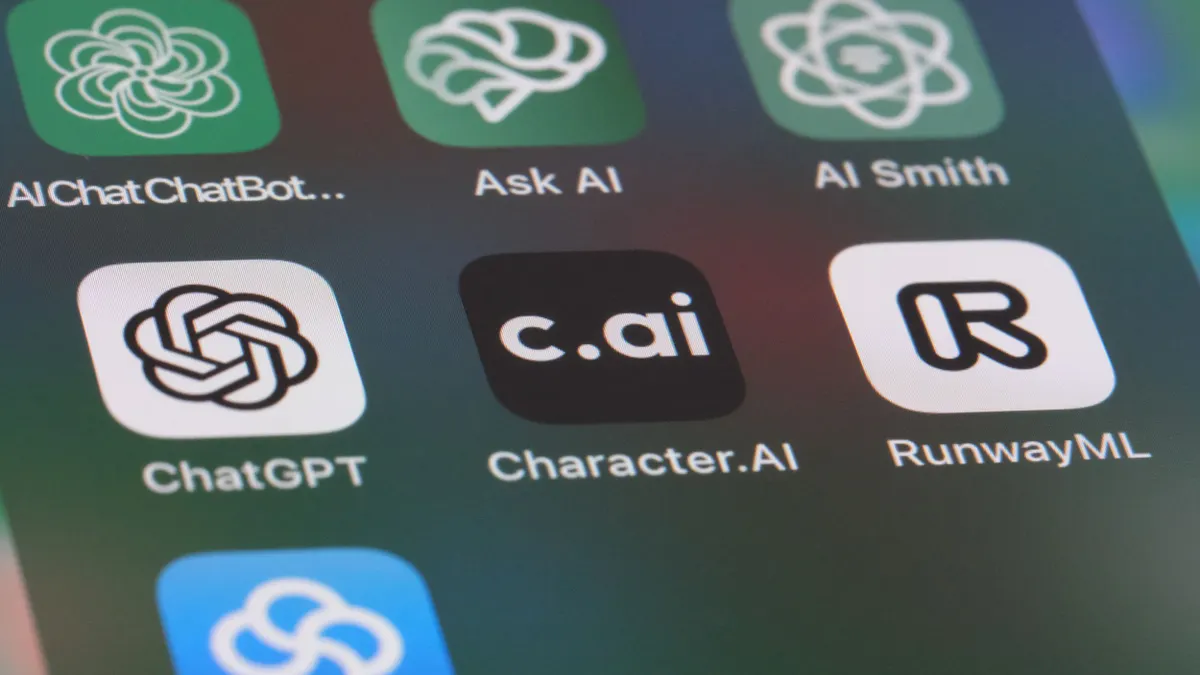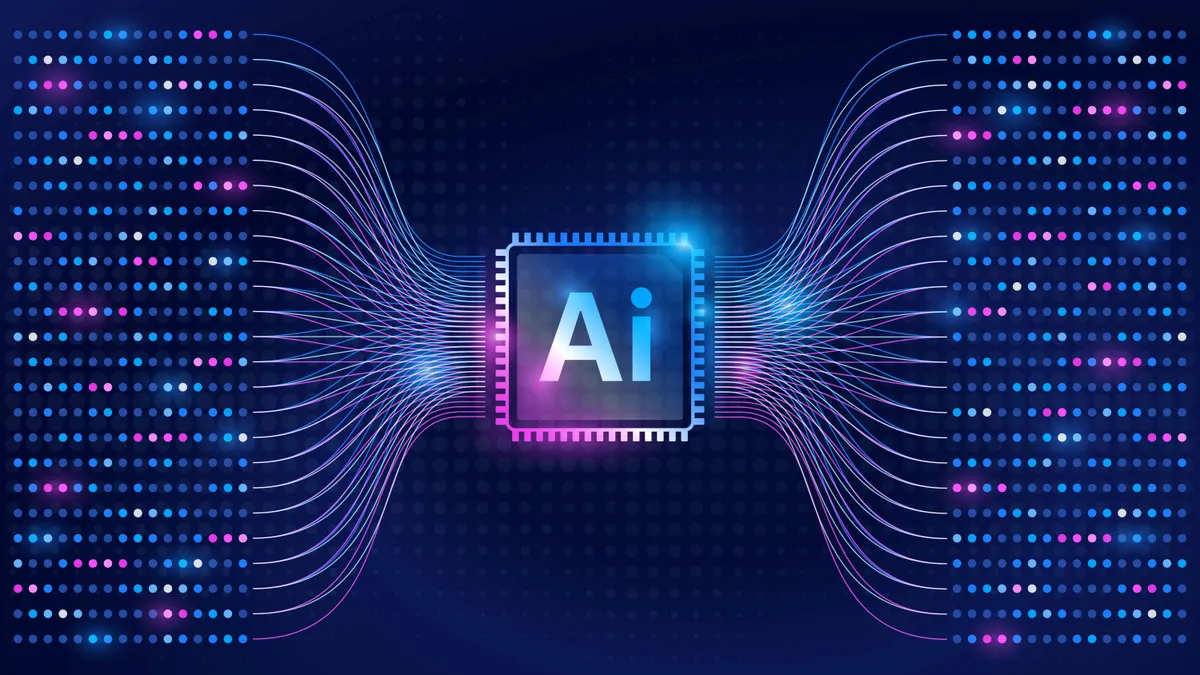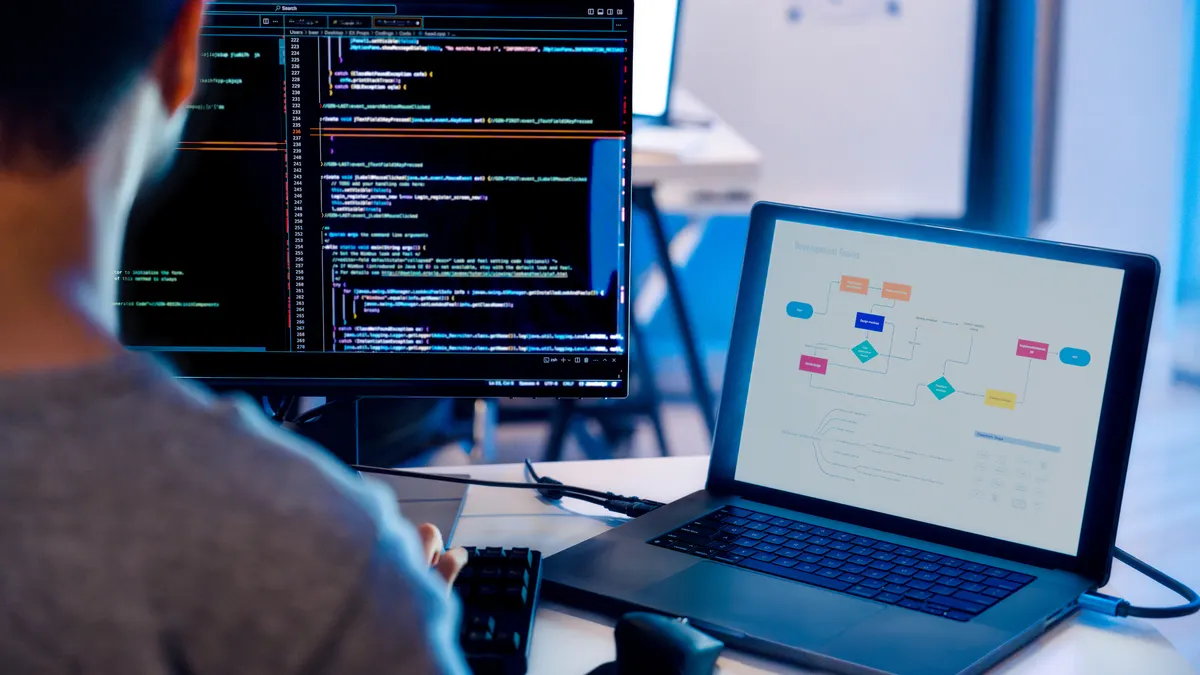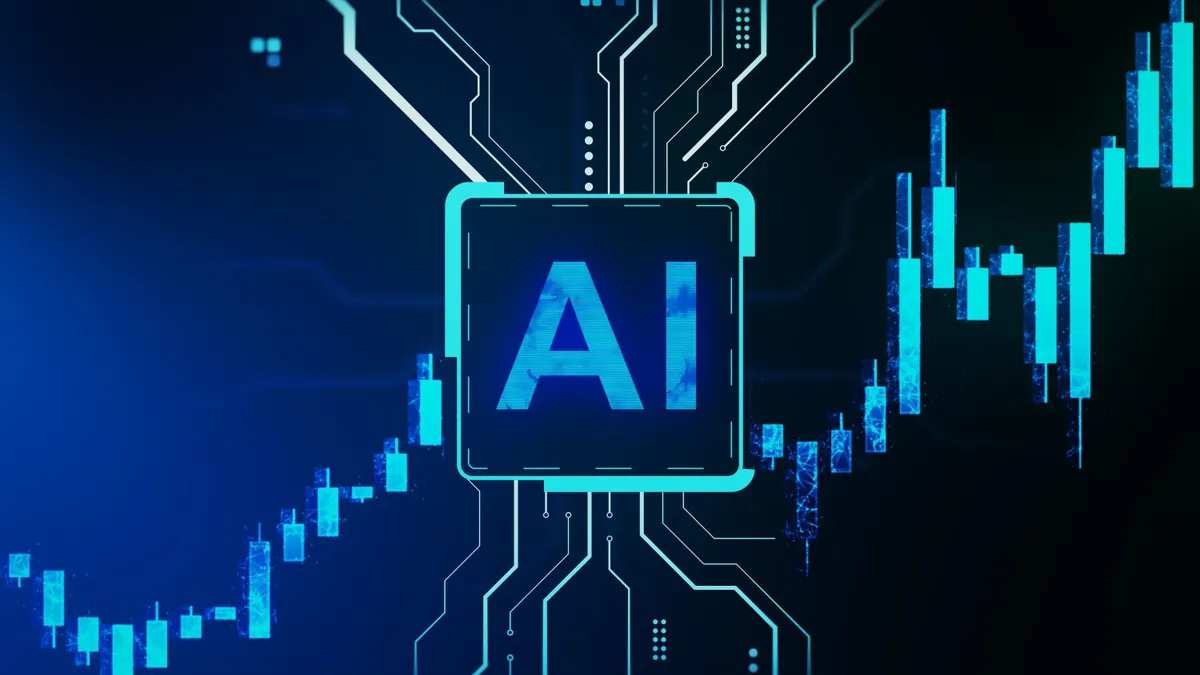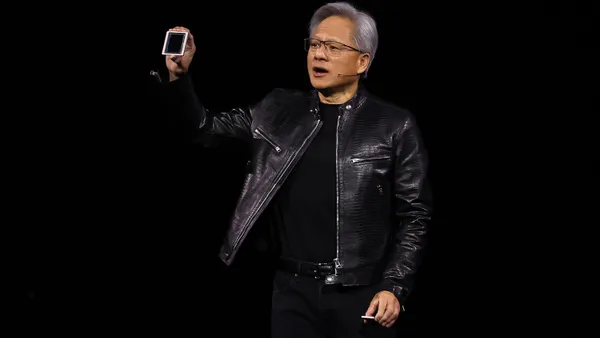Over a century of air travel has ticked by and the process has become easier. Customers experience fewer hiccups and real-time notifications help prevent delays.
Underlying the network of planes is a robust IT backbone; coordinating staff, routes, customers and orchestrating airtime with other airlines. When something goes wrong with underlying technology, failures ripple throughout airports, causing delays and creating scores of unhappy customers quick to share their woes on social media.
IT at airlines is risk averse, but that does not mean the industry bucks innovation. Take American Airlines, which introduced the first reservation system with IBM in 1960. Some technology changes appear on a small scale, like application updates or real-time notifications, improvement woven into the larger machine.
"We have a rich history with technology and most of the time we're just making incremental improvements on our systems," Phillip Easter, head of emerging technology at American Airlines, said in an interview with CIO Dive. A lot of time is spent vetting technologies that are not ready or germane to the business.
Emerging technology is almost a misnomer. Any mention of next-gen technology arouses visions of a blockchain-underwritten world with sentient machines collecting, analyzing and making decisions.
American Airline's emerging technology is far more subtle, taking existing technologies and applying them in new, sometimes novel ways. It also requires a delicate balance of working in concert with IT to make sure nothing fails operationally.
"Our primary goal is actually to make sure that we run the airline, but that doesn't mean we throw the innovative part out," said Venkata Pilla, Manager for Machine Learning & Data Science at American Airlines, in an interview with CIO Dive.
When new technologies show promise, Easter and his team investigate and determine if the technology is worth bringing into the enterprise or weaving into existing processes.
Some advanced technologies already found an integral role at American, such as machine learning and data science. The technology is not new to the airline but there's always opportunities to use and analyze data sets.
"Machine learning opportunities [are] all about predicting the future," Easter said. As the airline gets better with ML, it could predict "where a customer will be or what will impact them in 5 minutes, in 10 minutes, in 30 minutes."
If operations can get ahead of those predictions, it's better for customers.
The hunt for what's next
Sourcing new technology is a lesson in patience. Subscriptions, trade shows, developer conferences and in-house technology enthusiasts help surface emerging technology of note.
From there, Easter works to understand what is important in what's next. "I'm looking at new ways that we haven't considered that can make the customer's journey more delightful or less stressful, yet not impacting the systems that do the day to day heavy lifting."
Some investments are small-scale successes that make air travel slightly less cumbersome.
Other proposed investments prove unworthy of long-term commitment, such as beacons. Smartphones made the proximity technology possible, showing promise for location-based services and marketing.
Apple debuted iBeacon in 2013, setting off the market. The technology was a "rave," Easter said, showing promise for implementing customer solutions for the airline.
"A lot of times you want to spend a little bit of time [with technology], but you want to go deep real quick and then find out that you're not ready."

Phillip Easter
Head of emerging technology at American Airlines
"My team spent time, actually did development, did real testing and proved out that beacons were a fad and they wouldn't scale for what our use case was," Easter said. Instead, his team waited and was able to use Apple core location technology, which is now available in all of American's major hubs.
"A lot of times you want to spend a little bit of time, but you want to go deep real quick and then find out that you're not ready," Easter said.
The technology can give American Airlines app users directions to a determined location. While it's beneficial technology, if the location-based offering went down, it would not impact a customer's journey.
Such improvements are icing on a layered cake of solutions, but not critical for getting a customer from point A to point B. Minor shifts in technology or mobile functionalities have little impact on American's bottom line or ROI.
"Success is rated really in real time from customer feedback," Easter said. American gets a lot of customer feedback, particularly when people use mobility products on the web.
Taking technology improvements mobile
The American Airlines app is a rich place to test improvements, including allowing customers to see the location of their bags. "That was just us bubbling up that information that we were already scanning," Easter said.
Pilla's team worked with IT to create "simple layers" to capture feedback, part of a loop for its processes to determine if ML recommendations are right.
"It's not 'gee whiz, that's some really awesome futuristic tech.' I think it's just bringing current technologies and solving customer problems."

Phillip Easter
Head of emerging technology at American Airlines
"Once we started that, my team was slowly growing and we wanted to show more," Pilla said. "So we started looking at other use cases like, for example, how can you improve conversion rate on AA.com" with respect to conversion on seats or who purchases rental cars, hotels or trip insurance.
American also recently pushed out an automated booking tool, so if there is service disruption users can rebook in real time without having to speak with the airline over the phone.
Pilla's group started expanding its portfolio by identifying the "low-hanging fruits" across the organization and determining whether machine learning was the right approach or if current technology tactics were sufficient.
A lot of American Airlines technology improvements are incremental, Easter said. "It's not 'gee whiz, that's some really awesome futuristic tech.' I think it's just bringing current technologies and solving customer problems."
Learning the hard lessons
Not all of the airline's experiments have taken off. The success of data and analytics projects are determined by whether the relevant data source exists.
Pilla's team built a machine learning model to predict the earliest time a flight would depart, drawing on data sources like when passengers scan boarding passes before stepping onto the plane. That scan is the last point of contact airline systems have with passengers before take off.
The knew whether everyone was aboard a flight, but scanning the final boarding pass does not indicate a plane can immediately take off. "We realized that there's a lot more activity which goes on after that as well," Pilla said.
Passengers waiting on the jet bridge, pilots writing reports, or last-minute maintenance all contribute to delays in immediate departure.
The group could predict when a plane was scheduled to depart way ahead of time, Pilla said, "but as it gets closed in, the variability of our prediction kind of increases, which means that there is something missing there in our model."
Experimentation: A roadmap
New technology requires a sniff test, and room for experimentation. But it's also up to the emerging technologies group to increase the appetite for risk taking and innovation.
To take in-house innovation to the next level, there are education elements, like working with IT and business groups to explain how ML models work, what data is required, how feedback loops help to update the model and what sort of recommendations should be used, according to Pilla.
"It's not like you're hiring a bunch of data scientists, it's giving some of the business analysts the knowledge of how to use this data science, how to build a data science model and so on."

Venkata Pilla
Manager for Machine Learning & Data Science at American Airlines
Such efforts can help surface new ideas on how to apply emerging technology. Part of the roadmap for experimentation requires internal upskilling at the airline.
"It's not like you're hiring a bunch of data scientists, it's giving some of the business analysts the knowledge of how to use this data science, how to build a data science model and so on," Pilla said. "At the same time, we're investing in IT as well, giving them training in terms of how do we bring in these machine learning and AI components into our current framework."
Pilla's role is, in part, to promote experimentation and making sure they move in the right direction, failing fast and forward. Getting buy-in from technical leadership and the board of directors will help guide what the airline is willing to do and what investments it makes with technology.







